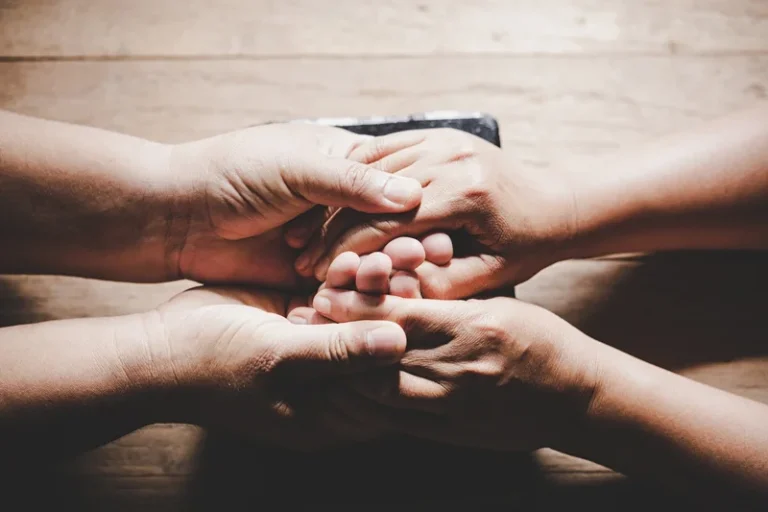Sober Houses: What is a Halfway House

A halfway house appeared back in the 19th century when a belief that offenders should be given a punishment that fits their wrongdoings to deter them from repeating their criminal actions began to change. The society put in more effort to understand the thinking of criminals and help them become law-abiding, healthy, and productive members of society once again.
Nowadays, the halfway house, also often simply called a sober house, is a center for helping former drug addicts, prisoners, mental health patients, or others to adjust to life in general society. These are publicly or privately operated facilities staffed by professionals or volunteers to assist parolees in transitioning from prison to community. Halfway houses can be run both by for-profit and non-profit entities. These establishments are usually monitored by state and federal authorities to ensure that the rules for proper behavior are present and followed, among other things.
Halfway houses usually provide food, clothing, temporary living, employment assistance, and some counseling. Most importantly, they provide a healthy and safe environment where these people feel empathy and understanding. It is much easier to recover and become a better person in a place that is specifically designed to promote life-changing processes in people.
Nonetheless, we would like to bring to your attention that despite being controlled by the government, not all halfway house owners do their job whole-heartedly. Thus, it is important to check what services and resources a particular halfway house has. Keep in mind that this list also largely depends on the price one pays for the housing and availability of particular resources in the area.
The requirements for becoming a resident also vary from one place to another, but most do require completion of some recovery program to ensure that residents can stay sober and follow the rules. Residents also have to agree to participate in household chores and to attend programs or meetings that are designed to help people to transition from the halfway house to normal life.
Compare all types of living in Sober Houses
Who are Halfway Houses Designed for?
Many people look forward to getting out of prison or rehab centers, but the majority find it hard and scary to get right back into society. Thus, halfway houses are designed to ease them back into society. Sometimes, court orders make them a required step, and prison systems use them to help people getting out of prison to re-enter society after incarceration.
Homeless people, who do not necessarily suffer from drug addiction, also often turn to halfway houses in search of help to become a part of a healthy functioning society again. Halfway houses are also a great place for people who underwent treatment of mental health problems and are not ready to fully integrate with a larger community.
Halfway houses have rules that include being sober and willing to complete chores and other activities. They usually have a schedule that house residents have to follow. Thus, individuals who have not undergone prior treatment of alcohol dependence or are not willing to get their life together and form new habits will find it hard to stay there. Thus, halfway houses are not for everyone, but most do provide a setting where it is easier to stay on the right path.

Take back control of your life and start on the road to recovery now.
What Result Does It Help to Achieve?
This is a transitory residential center that helps people who are not yet ready for completely independent living to develop and strengthen individual capacities necessary for this. It serves as a bridge that an individual has to cross to start their new life successfully. The halfway house has a readily available support system that reinforces the lessons learned in rehab and helps to ensure the individual does not go back to their old habits.
This is a place where people learn to make the right choices because they have more freedom, but at the same time, it is restricted to some degree to guide them to the right actions and ingrain in them this new behavior and new thinking. These rules and restrictions also help to prevent bad and often deadly consequences.
Halfway houses are also a place where individuals can feel that there are people who actually care about them and their successful recovery. These individuals know that people in their support group understand their struggle and are not here to punish them, but here to help them. They no longer feel alone and have a new family, new friends that go through this tough, yet rewarding, experience with them. These individuals now work as a team towards one mutual goal—recovery and a new, healthy, and happy life.
What are the Benefits of Halfway House?
Halfway houses are believed to reduce the risk of recidivism or relapse when compared to a release directly into society, and various studies prove their long-term benefit. They provide the necessary tools and environment for a person to break out of a vicious circle of drug addiction and wrongdoings. It is a safe and stable environment that positively influences recovery.
Going back to the same environment will trigger recidivism, especially is there is no appropriate and knowledgeable support from family and friends. The individual will get back into the same routine, eating habits, activities. This person will interact with the same people and the same environment, and this usually leads to the same outcome. When these triggers are not present, the individual is able to reinvent himself or herself.
This is the main benefit of halfway houses. It does not bring back memories that trigger undesired thoughts and actions. They have a structured environment that was formed specifically to promote recovery and emotional healing. This is a place where people can not only learn skills necessary to properly function in society, such as communication and self-care, but also skills and experience that are necessary to get a job and become independent.
The other benefit of staying at the halfway house is that no matter what their background, people are able to see that new life is possible because they see other individuals who are at various stages in their progress making steps towards their goal. They are able to form open communication with people they live together with and open their hearts to let the healing begin. They can do things they otherwise would never do and achieve on their own.




